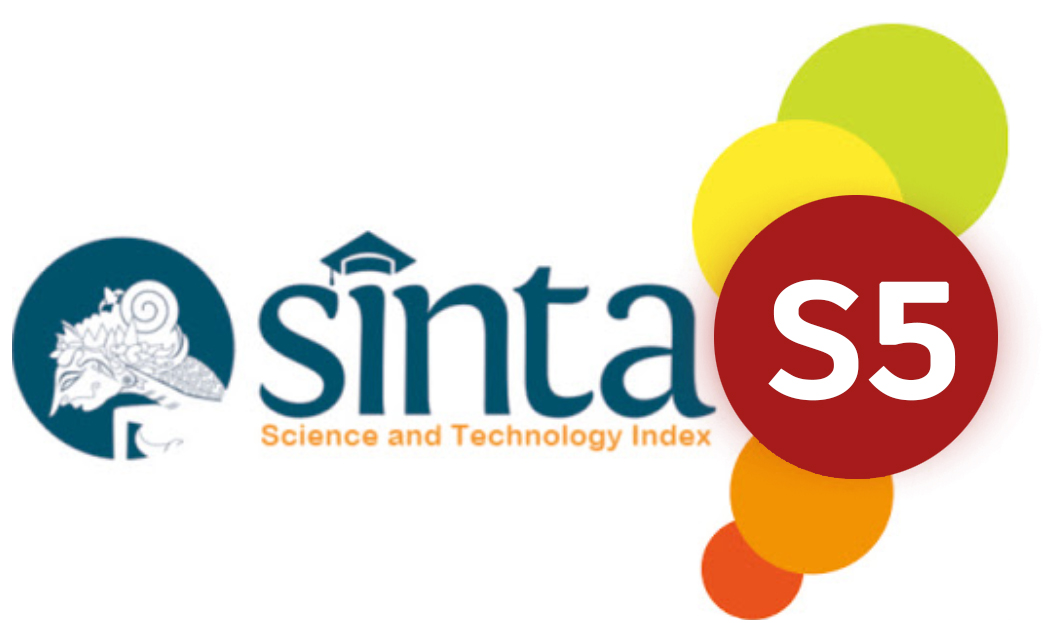Feasibility Study of the Destination of Lake Tanjung Kurung and Kampung Inggris Tempirai, PALI Regency
DOI:
https://doi.org/10.31004/riggs.v4i2.949Keywords:
feasibility study, sustainable tourism, Community Based TourismAbstract
This research explores the potential for developing Danau Tanjung Kurung and Kampung Inggris Tempirai as promising tourist spots in PALI Regency, South Sumatra. Adopting a qualitative approach and descriptive methods, it examines the economic, social, cultural, and environmental factors associated with these locations. Data were gathered through in-depth interviews, field observations, and documentation with community members, tourism stakeholders, and local government officials. The findings highlight the natural allure of Danau Tanjung Kurung and the distinctive educational tourism experience offered by Kampung Inggris Tempirai. Nevertheless, obstacles such as insufficient infrastructure, minimal community involvement, and a lack of sustainable tourism awareness remain. The study concludes that with effective planning, stakeholder cooperation, and the adoption of sustainable practices, these destinations could bolster local economies, protect cultural heritage, and position themselves as sustainable tourism icons. Recommendations encompass infrastructure enhancements, greater community engagement, and the promotion of integrated tourism packages to draw both domestic and international tourists.
Downloads
References
Amanda, R., Tambunan, R. P., & Waryono, T. (2020). Contribution of Tanjung Lesung Beach tourism destinations to communities in Panimbang District, Pandeglang Regency, Banten. IOP Conference Series Earth and Environmental Science, 561(1), 12004. https://doi.org/10.1088/1755-1315/561/1/012004
Amer, M. (2020). Cultural Identity: Concept and Heritage Review. https://openarchive.icomos.org/id/eprint/2481/
Buhalis, D. (2021). Tourism Marketing: Principles and Practices (3rd ed.). Routledge.
Creswell, J. W. (2014). Research Design: Qualitative, Quantitative, and Mixed Methods Approaches (4th ed.). Sage Publications.Issues in Tourism, 22(2), 158-181.
Creswell, J. W. (2014). Research Design: Qualitative, Quantitative, and Mixed Methods Approaches (4th ed.). Sage Publications.
Daft, R. L. (2016). Organization Theory and Design (12th ed.). Cengage Learning.
Denzin, N. K., & Lincoln, Y. S. (2018). The SAGE Handbook of Qualitative Research (5th ed.). Sage Publications.
Evans, N., Campbell, D., & Stonehouse, G. (2019). Strategic Management for Travel and Tourism (2nd ed.). Routledge.
Gatti, S. (2018). Project Finance in Theory and Practice: Designing, Structuring, and Financing Private and Public Projects (3rd ed.). Academic Press.
Goodwin, H. (2016). Responsible Tourism: Using Tourism for Sustainable Development. Routledge.
Gunn, C. A., & Var, T. (2016). Tourism Planning: Basics, Concepts, Cases (5th ed.). Taylor & Francis.
Hanif Hasan, S. M., Par, M. M., Anwar, H. M., Lubis, D. S. W., Kharismasyah, A. Y., Sabaruddin Sondeng, S. E., & Zuki Kurniawan, S. E. (2024). Manajemen sumber daya manusia dan organisasi. Cendikia Mulia Mandiri.
Ismail, Y., & Vennecya, D. (2022). Study of People’s Opinion about Tanjung Lesung Tourist Destination. Journal of The Community Development in Asia, 5(1), 30. https://doi.org/10.32535/jcda.v5i1.1383
Karo, P. K., & Hasan, H. (2023). Analisis kapasitas layanan destinasi wisata untuk mencapai target pasar sektor pariwisata di Kota Sabang. Jurnal Akademi Pariwisata Medan, 11(2), 83–91.
Kotler, P., & Keller, K. L. (2016). Marketing Management (15th ed.). Pearson Education.
Kuninggar, M. D., Muryani, C., & Yusup, Y. (2021). Potential development strategy of Gumeng tourism village, Jenawi District, Karanganyar Regency. IOP Conference Series Earth and Environmental Science, 683(1), 12138. https://doi.org/10.1088/1755-1315/683/1/012138
Kvale, S., & Brinkmann, S. (2015). Interviews: Learning the Craft of Qualitative Research Interviewing (3rd ed.). Sage Publications.
Lane, B. (2018). “Sustainable Rural Tourism Strategies: A Tool for Development and Conservation.” Journal of Sustainable Tourism, 26(10), 1729-1745.
Lew, A. A. (2020). “Tourism Geography and Its Contribution to Attraction Studies.” Tourism Geographies, 22(1), 1-23.
Liu, Z. (2003). “Sustainable Tourism Development: A Critique.” Journal of Sustainable Tourism, 11(6), 459-475.
MacCannell, D. (2013). The Tourist: A New Theory of the Leisure Class (3rd ed.). University of California Press.
Miles, M. B., Huberman, A. M., & Saldaña, J. (2014). Qualitative Data Analysis: A Methods Sourcebook (3rd ed.). Sage Publications.
Mill, J. S. (1859). On Liberty. Penguin Books.
Pramana, A., & Zamaya, Y. (2021). The Potential Identification of Pulau Belimbing Village for the Development of Halal Tourism in Kampar Regency. Jurnal Dakwah Risalah, 32(1), 96. https://doi.org/10.24014/jdr.v32i1.12704
Rianty, R., Arafah, W., Nurbaeti, N., & Brahmantyo, H. (2022). The Urgency of Mixed Methods Studies in Tourism Research For the Development of Tourist Destinations and Attractions: A Practical Application in Tanjungpinang City, Indonesia. INTERNATIONAL CONFERENCE ON RESEARCH AND DEVELOPMENT (ICORAD), 1(2), 23. https://doi.org/10.47841/icorad.v1i2.41
Sinaga, T. B. H., & Hasan, H. (2024). Analisis potensi wisata Desa Wisata Tarabunga, Kabupaten Toba, Sumatera Utara. Bussman Journal: Indonesian Journal of Business and Management, 4(3), 639–655.
Downloads
Published
How to Cite
Issue
Section
License
Copyright (c) 2025 Hanif Hasan, Dilla Pratiyudha, I Made Oka Mertajayano, Sri Wulan Damayanti, Nadia Chairunnisa Andra Sitha Marini, Pandita Nandana, Esxi Martia Gusma

This work is licensed under a Creative Commons Attribution 4.0 International License.




























